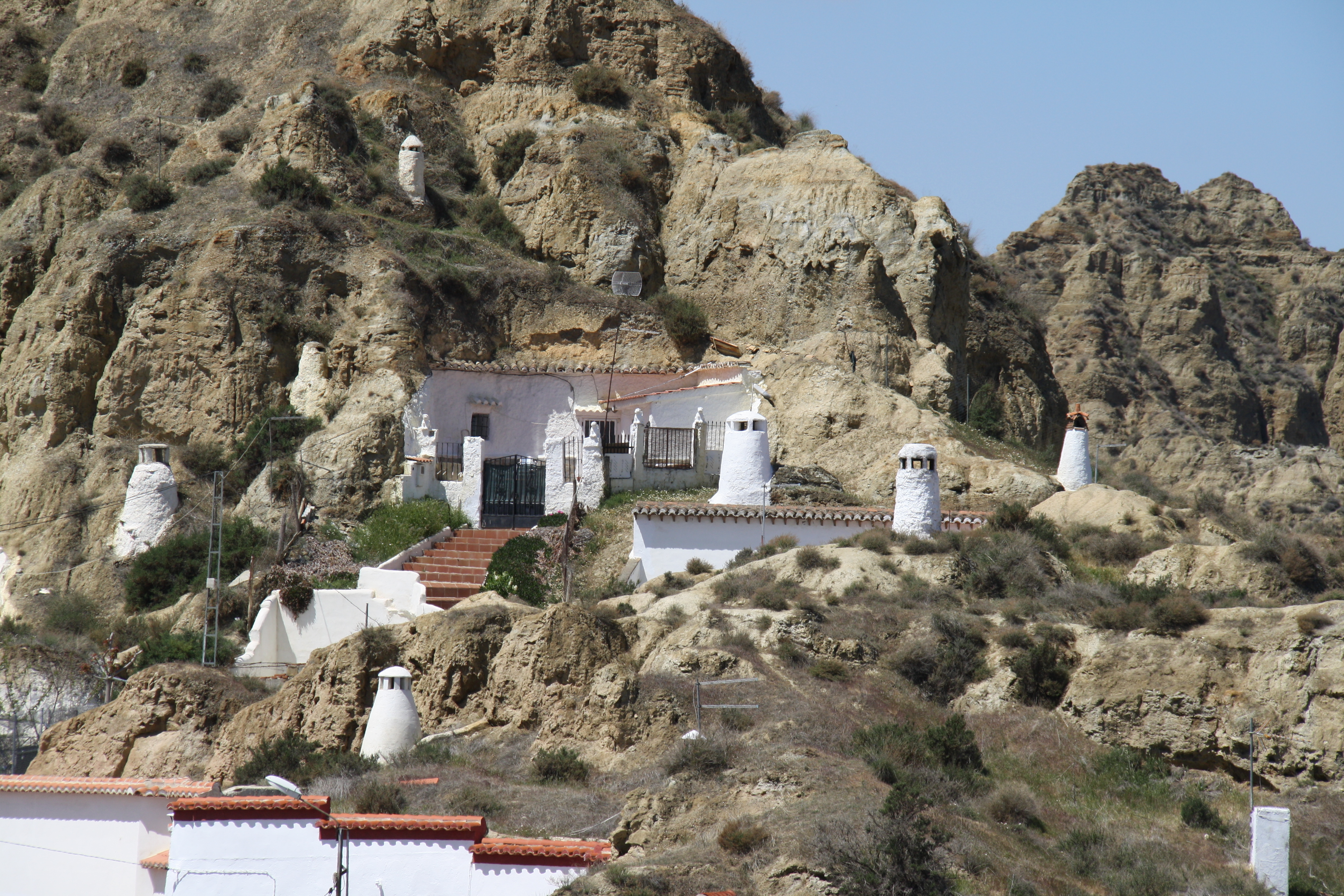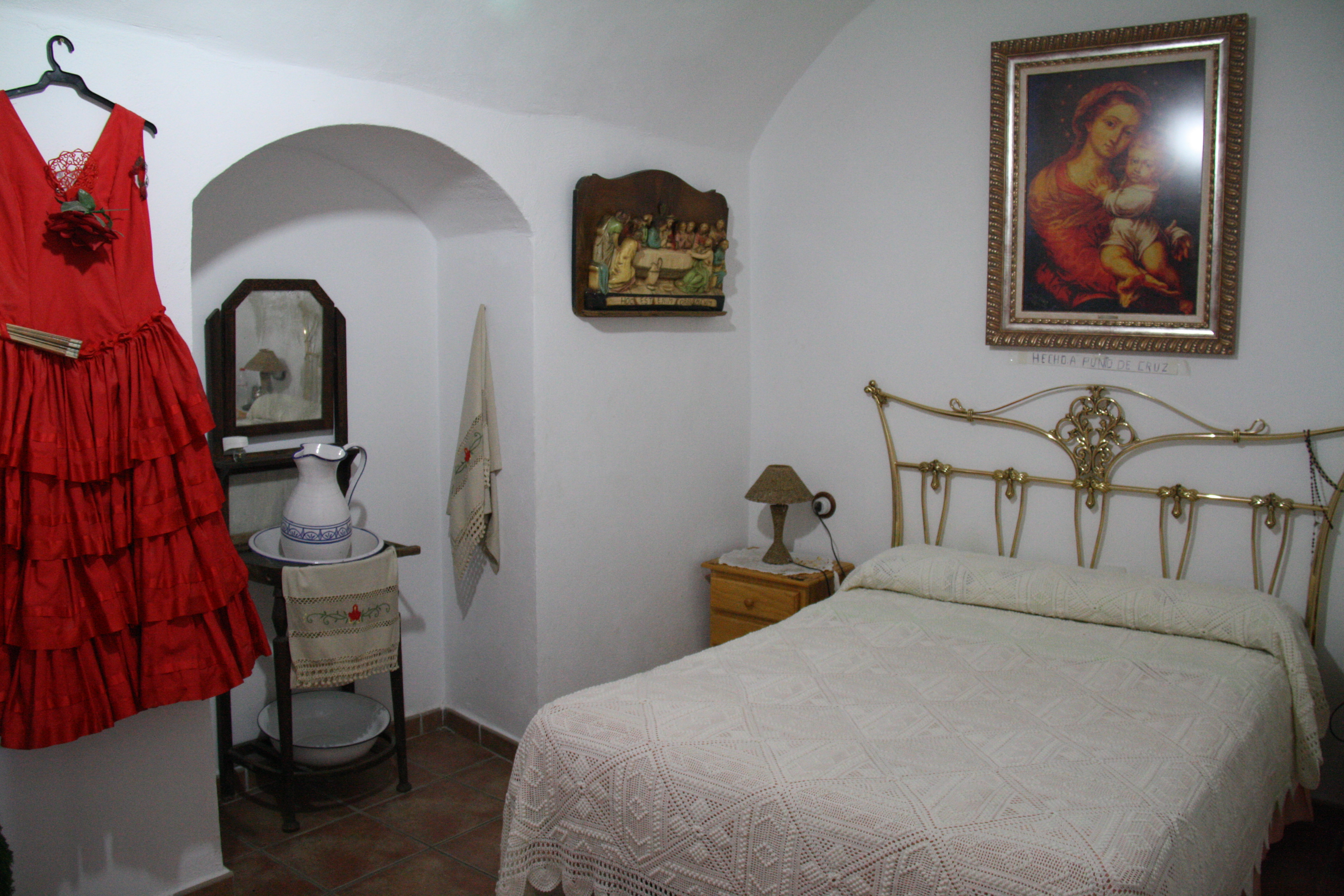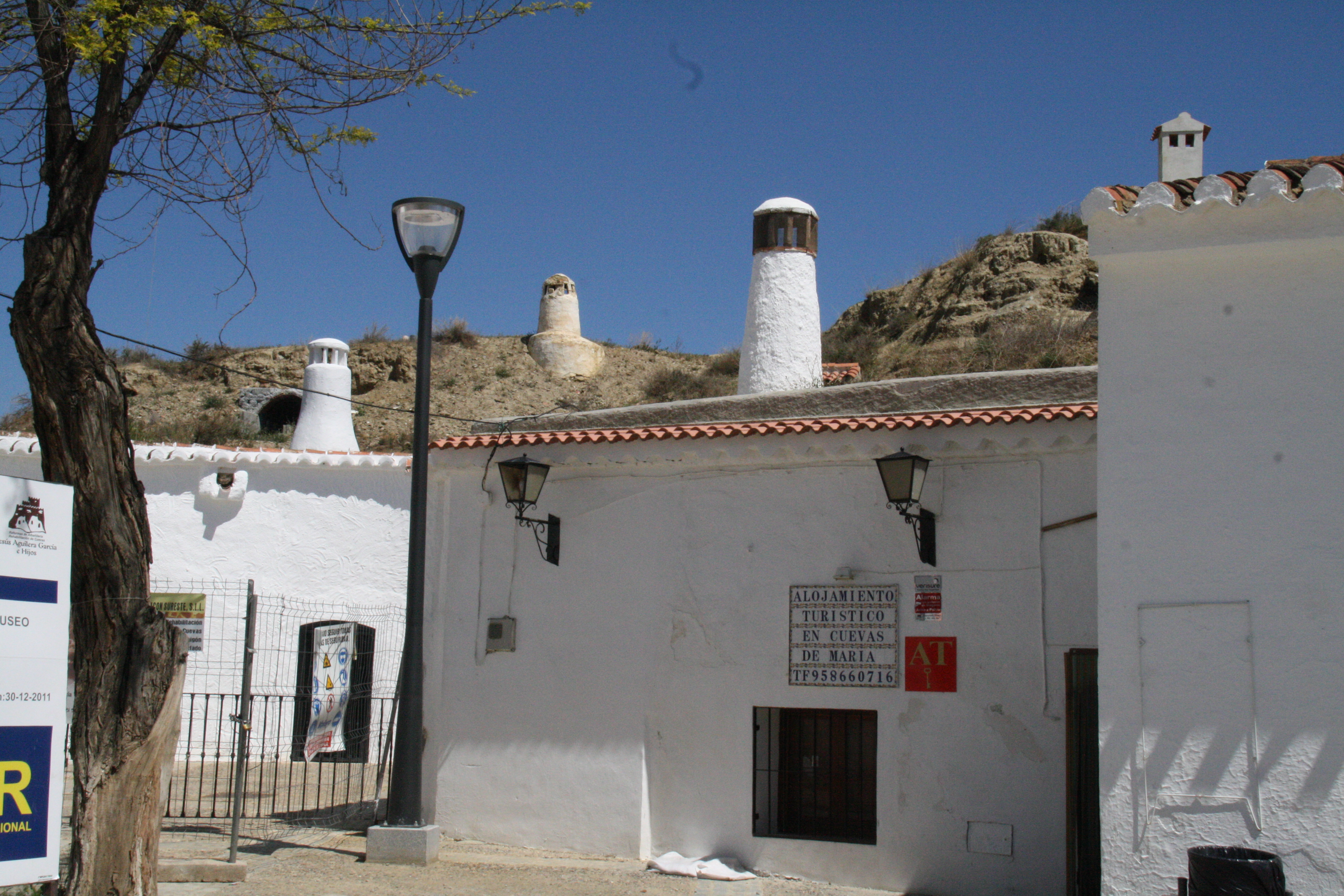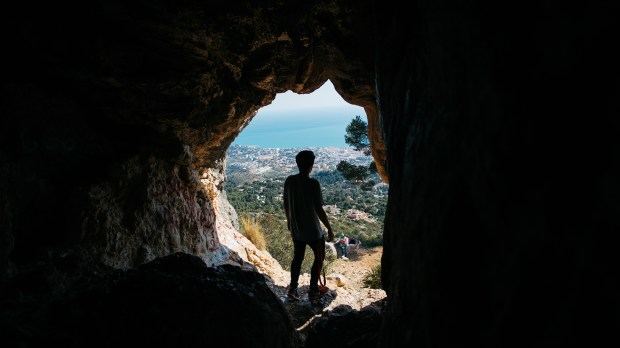Spain’s long and troubled history with Islam has left some intriguing historical anomalies, such as the beautiful Cathedral of Our Lady of the Assumption in Córdoba, once a church, then a mosque under Moorish rule, and once again a church.
Now comes to light a group of cave dwellings in nearby Guadix, originally built by Moors who had become Christians after Spain’s reconquest of Andalusia in the 15th century. As Esme Fox explained at the BBC:
During the Moorish time, Guadix was an important trade town, as it was midway between the city of Granada, the stronghold of the Alhambra Palace, and the sea. When the Catholic monarchs regained control of Andalucía and took Granada in 1492, many of the Moors were displaced and fled to the surrounding mountains and the town of Guadix. More people fled here from 1568 to 1571 during the Rebellion (or War of the Alpujarras). When they arrived and had nowhere to live, many of the Moriscos (Moors who had been forced to become Christian) decided to build their homes underground, primarily to escape the heat. Far from being natural caverns in rock like most caves, however, the ones in Guadix were actually chiseled out of the earth.
Fox compares the Guadix caves to “Hobbit homes,” but locals call the cave dwellers by an equally colorful name: trogloditas, or troglodytes (from the Greek for cave dwellers).

“Many people think of caves as damp, dirty and dark places, but as you’ll see, this is not the case in Guadix at all,” a local named José told Fox. Fox describes José’s home as having a rustic terracotta farm-style kitchen, with dried red peppers, onions and garlic hanging from the ceilings and walls; a large dining room, where a long wooden table was covered with bowls of dried fruit and vegetables, and walls decorated with icons.
“My family has lived here for generations,” José said, “I have everything I ever need here. I couldn’t picture exchanging it for a normal house. It gets very hot here in the summer, and we are protected from the heat down here. The caves act like a natural air-conditioner. Being underground also keeps it relatively warm during the cold winters, too.”

Nearby is a cave church, as well as restaurants, hotels and holiday rentals. With more than 2,000 underground dwellings, Guadix is home to the largest number of cave homes in Europe.


